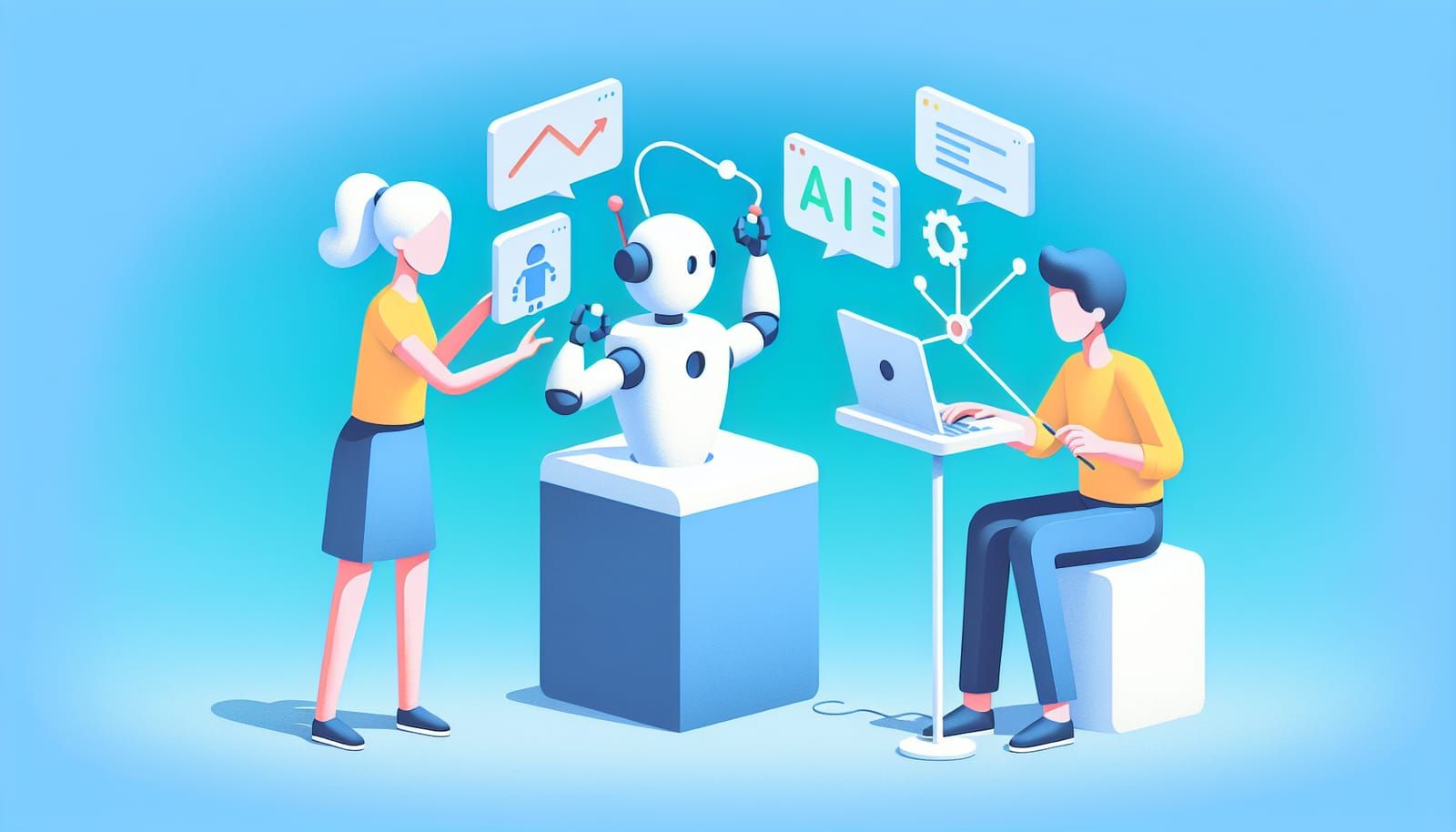Artificial Intelligence (AI) is a term that captures the imagination of many. From self-driving cars to smart virtual assistants, AI is rapidly transforming the world around us. However, behind the flashy applications and the buzzwords lies a crucial reality: AI cannot function without energy and infrastructure. This article will explore the fundamental relationship between AI, energy, and infrastructure, shedding light on why these elements are vital for the future of technology.
What is AI, Anyway?
Before diving into the importance of energy and infrastructure, let’s first understand what AI is. At its core, AI refers to computer systems designed to mimic human intelligence. This can include learning from experience, recognizing patterns, making decisions, and even understanding natural language. AI systems can analyze vast amounts of data quickly, making them incredibly valuable for various industries, including healthcare, finance, and entertainment.
The Energy Factor
One of the most critical resources AI relies on is energy. AI systems, particularly those that involve deep learning, require significant computing power. This computing power translates into energy consumption. For instance, training a model to recognize images or understand speech can consume as much energy as several households do in a month!
Why Does AI Need So Much Energy?
Data Processing: AI systems analyze massive datasets to learn and improve over time. This requires powerful processors, which consume energy.
Training Models: Training an AI model involves running complex calculations across numerous data points. The more data and the more complex the model, the more energy it consumes.
Running Applications: Once trained, AI applications still need energy to operate. Whether it’s a chatbot answering your questions or a recommendation system suggesting your next favorite movie, all these functions require energy.
The Future of Energy and AI
As AI continues to grow, the demand for energy will only increase. This could lead to a significant environmental impact if we do not transition to sustainable energy sources. Therefore, investing in renewable energy like solar or wind is essential for the future of AI. By powering AI systems with clean energy, we can reduce the environmental footprint and create a more sustainable technological landscape.
Infrastructure: The Backbone of AI
Energy is crucial, but it’s not the only component that supports AI. Infrastructure plays an equally important role. When we talk about infrastructure, we refer to the hardware and networks that allow AI systems to function effectively.
Key Infrastructure Components for AI
Data Centers: These facilities house the servers that process and store data. The more data an AI system processes, the more robust the data center needs to be. This includes having advanced cooling systems and high-speed internet connections to maintain optimal performance.
Cloud Computing: Cloud platforms allow businesses and developers to access powerful AI tools without needing to invest in expensive hardware. This infrastructure enables scalability, meaning that as demand for AI services grows, the infrastructure can adapt accordingly.
Network Connectivity: A robust and fast internet connection is essential for AI applications, especially those that rely on real-time data, such as autonomous vehicles or online gaming. Without reliable connectivity, AI systems will struggle to perform efficiently.
The Interconnection of Energy and Infrastructure
Energy and infrastructure are interconnected in the world of AI. Imagine a scenario where a powerful AI model is trained in a state-of-the-art data center. If the data center lacks a reliable energy source, the entire operation comes to a halt. Conversely, if there’s plenty of energy available but no infrastructure to house the servers and process the data, the energy is wasted.
Building a Resilient Foundation
To create a sustainable future for AI, we need to focus on building resilient energy and infrastructure systems. This includes:
Investing in Renewable Energy: Transitioning to solar, wind, and other renewable sources can help power data centers sustainably.
Enhancing Infrastructure: Upgrading existing data centers and investing in new technologies can ensure that they are efficient, resilient, and capable of handling the demands of AI applications.
Collaboration: Governments, businesses, and researchers must work together to create a supportive ecosystem for AI that prioritizes energy efficiency and infrastructure development.
The Road Ahead: Challenges and Opportunities
While the relationship between AI, energy, and infrastructure is crucial, it’s not without challenges. The rapid growth of AI applications demands continuous innovation in both energy and infrastructure.
Challenges
Energy Consumption: As AI models become more complex, their energy requirements will grow. Finding ways to reduce this consumption while maintaining performance is a significant challenge.
Infrastructure Costs: Building and maintaining advanced infrastructure requires significant investment. This can be a barrier for smaller companies looking to leverage AI.
Sustainability: Ensuring that the energy used for AI is sourced sustainably is critical in combating climate change.
Opportunities
Innovation in Energy Technologies: As demand for energy grows, there’s potential for innovation in energy technologies, including more efficient solar panels and battery storage solutions.
Smart Infrastructure: AI can also play a role in optimizing energy use within infrastructure itself, creating smarter, more efficient systems.
Job Creation: The growth of AI infrastructure will lead to new job opportunities in tech, energy, and engineering fields.
Conclusion: The Future of AI Depends on Us
As we look to the future, it’s clear that AI cannot thrive in isolation. It requires a robust energy supply and advanced infrastructure to function effectively. By understanding this relationship, we can make informed decisions about how we develop and implement AI technologies.
The future is bright for AI, but it demands our attention and action. By focusing on sustainable energy practices and building resilient infrastructure, we can ensure that AI continues to benefit society while minimizing its environmental impact.
So the next time you marvel at an AI application, remember the unseen foundation that makes it all possible. Together, let’s build a future where AI can thrive sustainably, creating a better world for everyone.


